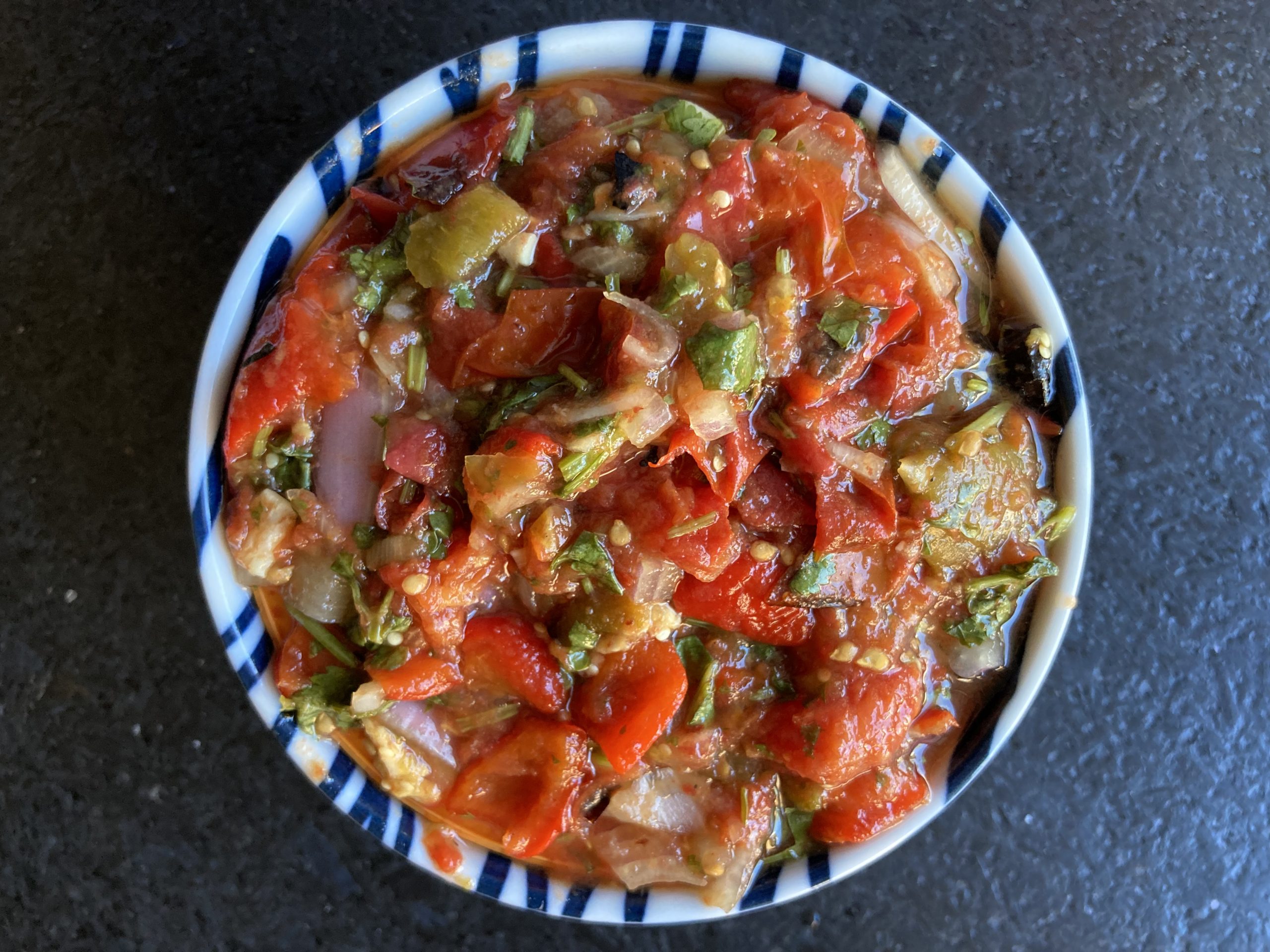 (click here for the word file)
(click here for the word file)
At the 12th annual Butte Bouldering Bash a few weeks back, rock climbers gathered to scramble up the crystal-flecked boulders that sprout from the earth along the Pipestone section of Montana’s continental divide. Climbing requires a lot of nourishment. Carbohydrates to keep you going, and protein to rebuild those tired muscles. And, just as importantly, we need the morale boost that good food can impart, to keep us happy and excited to be in the game. Even climbers need flavor to keep us eating, and stories to keep us engaged. Because food is more than mere fuel for the tank.
And that is why a private chef named Meg Koenig showed up at Boulder Bash headquarters, having driven from Bozeman with a rig full of warm food and intoxicating smells. Her taut, climber arms laid out a taco buffet with fillings of black bean mole and a blend of slow-cooked lamb, beef and pork, alongside steaming stacks of tortillas with all the fixings. The crown jewels of the spread were jars of fresh, flame-roasted salsa. There were visible flecks of charred goodness floating in the salsa, giving it a soulful, smoky look that you could almost taste through the glass. She agreed to give me her salsa recipe, but warned that it’s a feeling as much as a formula.
The exact proportions are flexible and market dependent, she explained, but certain elements must be there in order to for it to qualify as her salsa. There must be tomatoes or tomatillos — or both. There must be onion, garlic, and chile peppers of varying types. Whatever you use must be charred.
I’m not typically a fan of blackened foods. Too often it’s overdone to the point where the food is burnt beyond recognition, and burnt is the only flavor you can taste. But if we think of that burnt flavor as a seasoning, not the goal of the dish, it can work beautifully, in the same way that the right amount of salt can season a dish without making it taste salty.
Koenig’s salsa tatemada, which translates to “charred salsa,” is bright and spicy with layers of sweetness, pungency, wafting herbal aromas and a chunky consistency that’s occasionally punctuated by a bitter, burnt speck. These interlocking flavors practically beg for fat and protein for the salsa to enhance, but if you can handle the heat that you add, the salsa works as a stand-alone dish. It would taste something like a spicy gazpacho but for the lime, which swings the flavor toward ceviche. And if you close your eyes, the thick chunks of pepper have the mouthfeel of seafood.
Alone or upon something else, salsa tatemata totally rocks. Here is Koenig’s recipe, followed by some notes of my own.
Montaña Salsa Tatemada
You can use tomatoes or tomatillos for this recipe – or both – and can be flexible with which type of chiles you use, and the amount you add, according to your heat tolerance. Mince, mash, press or plane the garlic separately to make sure you don’t have big chunks.
Makes about a quart of salsa.
Ingredients
2 pounds tomatillos, tomatoes, or a mix
1 fresh Serrano chile,
1 fresh Hatch or Anaheim chile
1 fresh large poblano
1 fresh bell pepper
1 peeled large white onion (about 8 ounces)
4 cloves of garlic, peeled and chopped
The juice from 3 juicy limes
1/4 tsp smoked chipotle from Burlap & Barrel
1 large handful of fresh basil or cilantro
2 teaspoons salt
Start the grill or pre-heat the broiler. When hot, place the whole tomatillos, chiles and onion on the grill or under the broiler, and let the ingredients char for about 12 to 15 minutes, flipping every 3 to 4 minutes. Pull them off the grill once cooked: The tomatillos should be completely mushy, as their skins start to break and their juices start to come out. The chiles should be wilted, charred black and wrinkled. The onion should be darkened and softened. Keep the green pepper raw. Sometimes I use raw onion for a little more spice as well.
Place all the ingredients in a food processor, and pulse until roughly chopped. Alternatively, chop it all finely by hand. Place everything in a bowl, add salt, add lime juice and mash and mix with a fork. (Taste for salt and add more, if needed. Do not be afraid to add a little extra salt!)
Serve immediately, or cover and refrigerate for up to 5 days. The salsa can be eaten cold, though it is best consumed at room temp or hot. If desired, you can reheat it in a small saucepan until warmed. This salsa will also freeze very well for up to 3 months.
Notes
While there are many ways to char the ingredients, I prefer under the broiler. It allows me to contain the juices that inevitably leak from the tomatoes and/or tomatillos by charring them on a tray, which catches the luscious liquids so I can add them to the salsa. I will even push on them with a heavy plate to further squeeze the juices, which makes for less mess on the cutting board.
Getting onions right is tricky, because charring them for too longs cooks them excessively, rendering the onions too soft and sweet for salsa. So I cheat, by using raw onions while separately charring some onion peel, which I add to the salsa.
When juicing limes I always roll them hard against the counter, either with my hands or a cutting board, before juicing them. This increases the amount of juice that comes out.